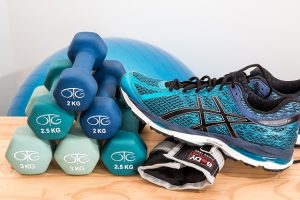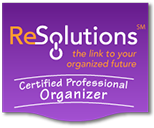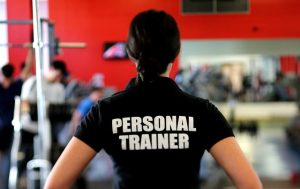
Do you have a lot of fitness experience (taking classes, playing sports, or working out under guidance of coaches and trainers) and want to design your own exercise program? If so, you could then essentially design a fitness program yourself, likely saving time and money.
To accomplish creating your own exercise program. you want a program that covers aerobic, strength, flexibility (stretching), and balance. If you’re an athlete, add agility work.
There are many resources online, some trustworthy and some sketchy. Just because a guy has big muscles, and a YouTube channel does not make him qualified to advise others on fitness. The exercise routine that works for him might be totally unsuited to your goals. Research this thoroughly.
For an exercise library, a good resource is the ACE (American Council on Exercise)
For strength exercises, read up on the different muscle groups and the order of exercising them (for example, large muscles before small muscles).
Also be aware that many personal trainers will design a program for you and let you go off and work out on your own. They will also review and fine-tune a program you’ve designed yourself.
Good luck with designing your own program!
Photo: Pixabay

 Join My Email List
Join My Email List








